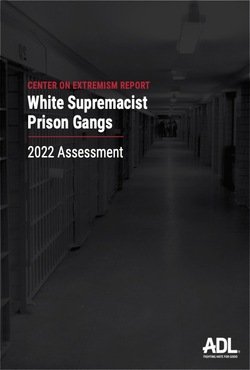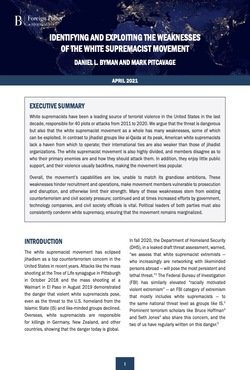By The Anti-Defamation League, Center on Extremism
This report examines the extremist and antisemitic trends and incidents in the state of Florida from 2020 to the present. The past two years have seen a significant increase in extremist related incidents both nationwide and in the state of Florida. These incidents have been driven, in part, by widespread disinformation and conspiracy theories which have animated extremists and fueled antisemitism. The result: unrest and violence, from the January 6 insurrection to white supremacist activity to a spike in hate crimes. In Florida, new white supremacist groups have formed, including White Lives Matter, Sunshine State Nationalists, NatSoc Florida and Florida Nationalists, while existing neo-Nazi and accelerationist groups have broadened their audience both online and on the ground activities. Other extremist groups such as Oath Keepers and the Proud Boys have shifted their strategies to focus on the local level, disrupting school board meetings and even running for political office.
New York: ADL, 2022. 46p.












